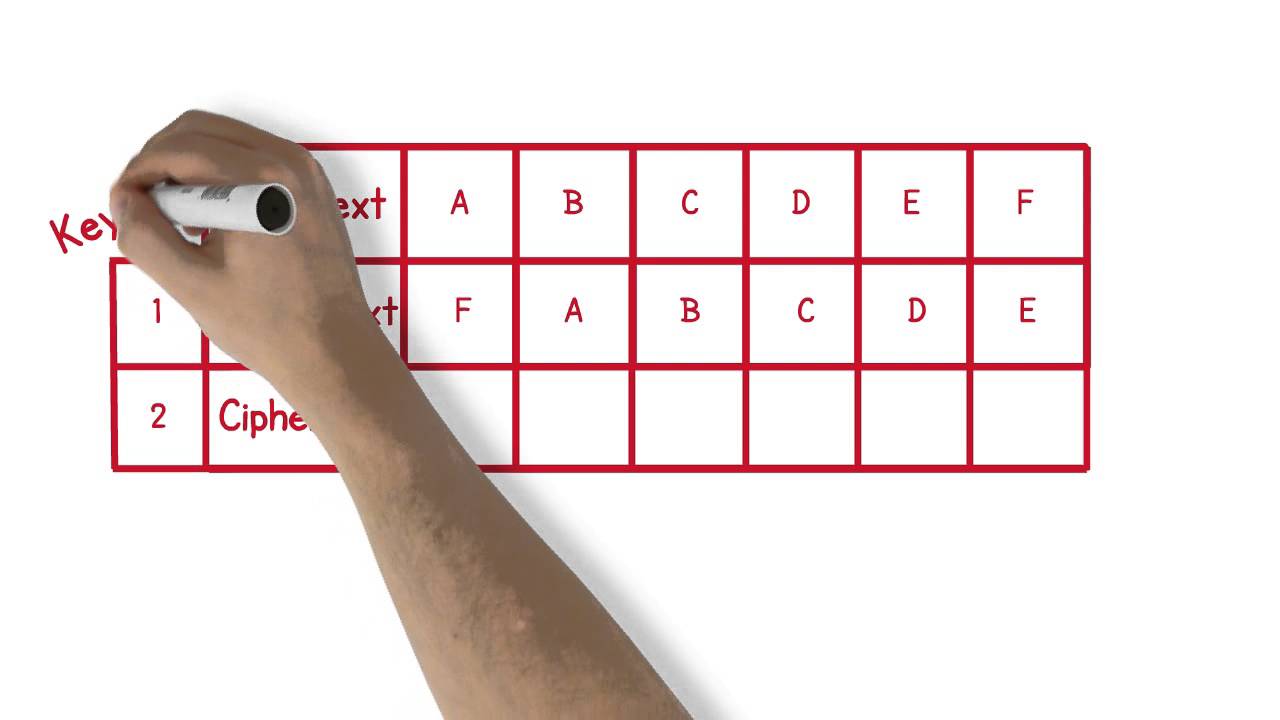Block Cipher
Block cipher is a type of symmetric-key algorithm used in cryptography, which uses a fixed-sized block of plaintext and converts it into a fixed-sized block of ciphertext. A block cipher is a deterministic algorithm that takes a number of plaintext blocks and a secret key, and produces a number of ciphertext blocks. The main advantage of block ciphers is that they can be used to encrypt plaintext blocks of any size, whereas small amounts of plaintext can be effectively encrypted with stream ciphers.
A block cipher works by breaking up the plaintext into blocks of n bits, then encrypting each block separately with the same key using a cryptographic algorithm. The algorithm then combines the ciphertext blocks into 1 block and then outputs the final ciphertext. Block ciphers can also be used to encrypt entire messages, or to encrypt larger data streams (such as files).
The most commonly used block cipher algorithms are DES (Data Encryption Standard) and AES (Advanced Encryption Standard). DES was developed by IBM in the 1970s and is still in use today. It uses 56-bit keys to encrypt data blocks of 64 bits. AES was developed to replace DES in 2001 and is considered to be much more secure as it uses 128, 192 or 256-bit keys to encrypt data blocks of 128 bits.
Block ciphers are used in a variety of cryptographic applications, such as digital signatures, message authentication codes (MACs), and encryption of data at rest or in transit. They are also used to securely store passwords, which are often the key to unlocking all of the user’s data on a computer or device. Due to the complexity of modern block cipher algorithms, an attacker would need to put in a lot of effort in order to crack the encryption.
As such, block cipher algorithms are among the most secure algorithms used today in computing and digital encryption.






